Why does onychomycosis occur?
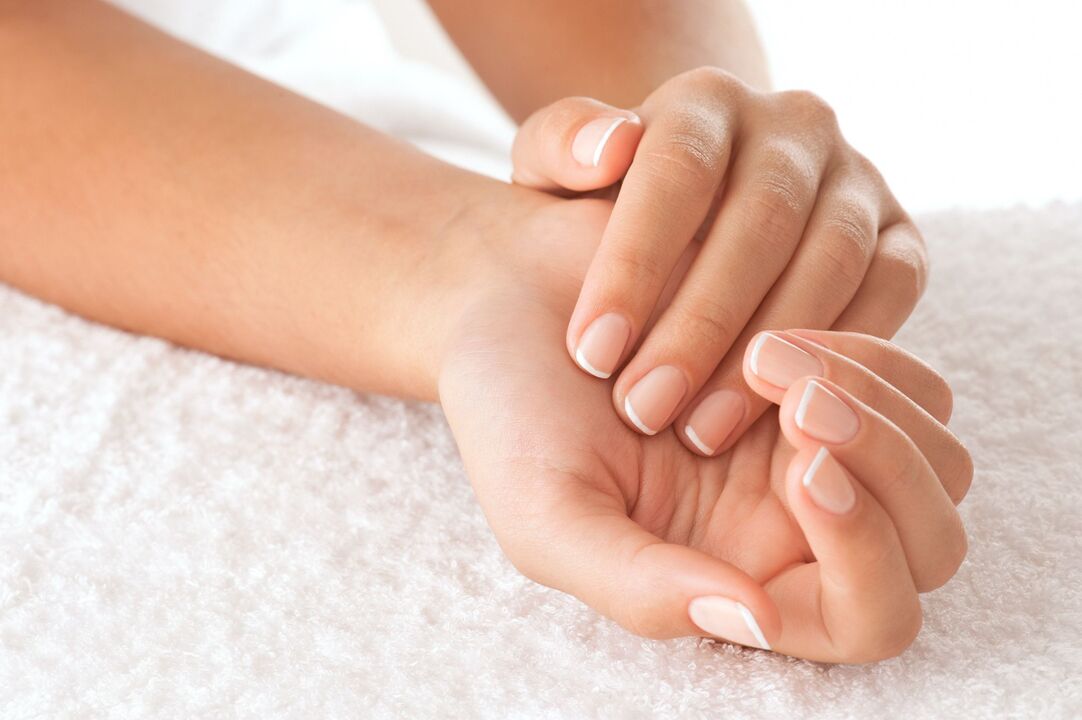
signs of fungus
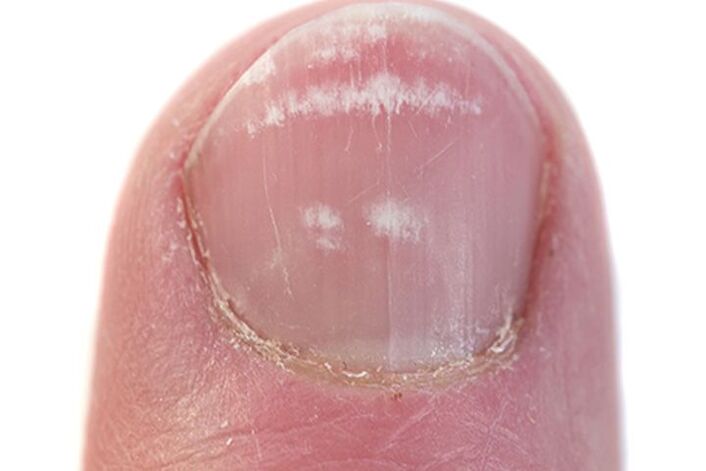
- Changes in the appearance and color of the nail plate (it may turn white, yellow, and often green) and darken over time;
- As the condition progresses, the nail plate begins to peel, then crumble, and can even collapse completely (the collapse ends at the root and collapses again once the nail begins to grow);
- Unpleasant itching or even painful cracks in the skin around the infected nail;
- My feet sweat excessively and still smell bad after washing.
Prepare
- Heat the water to a suitable temperature for immersing your feet, or even make it slightly warmer.
- Pour three liters of hot water into a basin or bathtub and mix with 3-4 tablespoons of wine vinegar (if you don't have it, you can use apple cider vinegar).
- Soak your feet or hands in the bathtub (depending on where the infection is). This procedure will relieve discomfort such as itching and disinfect the skin. Affected parts of the skin and nail plate can steam and be easily cut away.
- Remove as much of the soaked fabric as possible. The fewer areas affected, the easier it is to stop the infection and eliminate the fungus completely.
horseradish
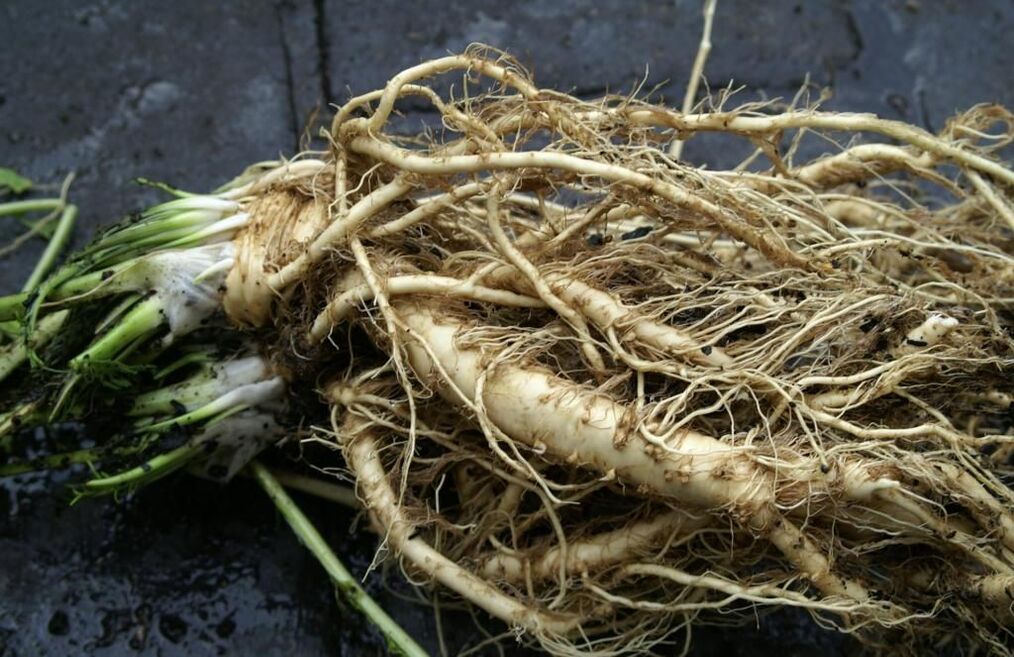
- Peel the horseradish root from the dark top layer and grate the rest on a fine grater.
- Apply the paste thickly to your nails and secure with a bandage.
- You need to leave the product on your legs or arms for at least 8 hours, so do this procedure on a weekend or at night.
- Wash your nails.
- The procedure is performed 2-3 times per week.
- Grate 2 horseradish leaves, a little root (one tablespoon is enough), mix and pour a liter of boiling water.
- Leave for an hour and then strain.
- Place your feet or hands into the tub and pour in the broth. Keep your feet in the water for 10-15 minutes.
coffee
- Brew natural coffee (espresso) – use three tablespoons of ground coffee beans per liter of boiling water.
- Wait for the drink to cool slightly, then pour into a bowl.
- Put your feet in the coffee and leave it there for 15-30 minutes.
- Rinse with clean water, dry and put on cotton socks.
Celandine
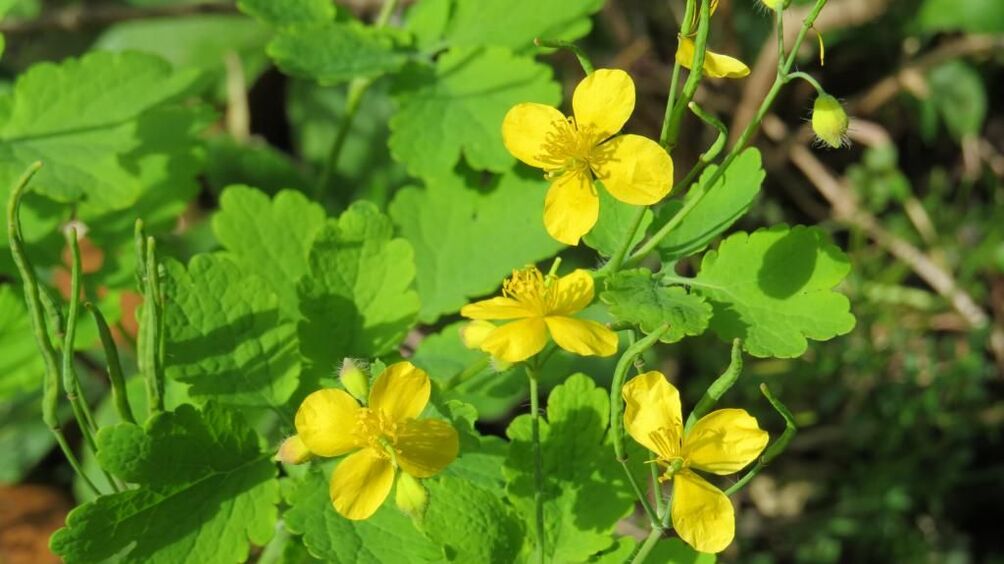
- Roll the stems and leaves of the plant through a meat grinder to get a paste with an orange-yellow-green sap. Only wear gloves when working as celandine can burn the skin.
- Squeeze out the juice and the cake can be cooked in boiling water (5 liters of water for half a kilogram of cake, add to the bath - clean all skins! ).
- Pour the juice into a glass container for easy storage in the refrigerator—celandine juice has a shelf life of 4 days.
- Fill a basin with warm water, pour two liters of water, dissolve 2 tablespoons of salt and 6 tablespoons of soda water.
- Soak your nails in water for 15 minutes and then wipe off.
- Take a few drops of celandine juice, mix it with an equal amount of water (you can use aloe vera juice), moisten a cotton pad and apply it to the affected nail plate. Lock it in.
- Remove the disc after 30 minutes. Do not overexpose as the skin around the nails may be burned.
- Mix two drops of celandine juice in a teaspoon and add twice the amount of petroleum jelly or baby cream. Mix and apply to nails.
- Try not to get your hands wet for an hour after applying the ointment.
tea tree oil
- At home, steam your hands thoroughly with salt and soda water. If you must use this product at work, hold your hands under warm or even hot water for a few minutes.
- Apply a drop of tea tree oil to the affected area and rub it in thoroughly until completely absorbed.
- Do not get your hands wet for at least an hour.
- The procedure is performed twice daily.
garlic

- Peel one or a few garlic cloves (depending on how far the disease has spread) and press them through a press or fine grater.
- Steam your hands or feet in water mixed with soda and salt, then dry them.
- Apply the paste to the infected area and secure it with a bandage. Leave the dressing on the nail for at least 3 hours.
- You need to repeat the process 2-3 times a week like horseradish.
Luo Wenye

- Some fresh rowan leaves should be washed and minced or minced.
- Mix the gruel with a few drops of sunflower oil (refined or unrefined, use what you have on hand).
- Apply the product to the nail, cover with a bandage and remove after a few hours (at least 3 hours).
- Perform daily compressions until complete recovery.
hydrogen peroxide formula
- Add 4 cups of hot water: 1/2 cup baking soda, 1/4 cup hydrogen peroxide (3%), 1/2 cup Epsom salt, 1/4 cup 9% vinegar.
- Soak a cotton pad in the solution, squeeze out a little excess solution, apply it to the sore nail, and secure it with a bandage or plaster.
- After 10 hours, replace the disc with a fresh one, soaked in the same composition (it should be stored in the refrigerator, enough to complete the entire process).
- The treatment lasts for one month, during which time the fungus will completely disappear and healthy, smooth, beautiful nails will grow back!
Other treatments
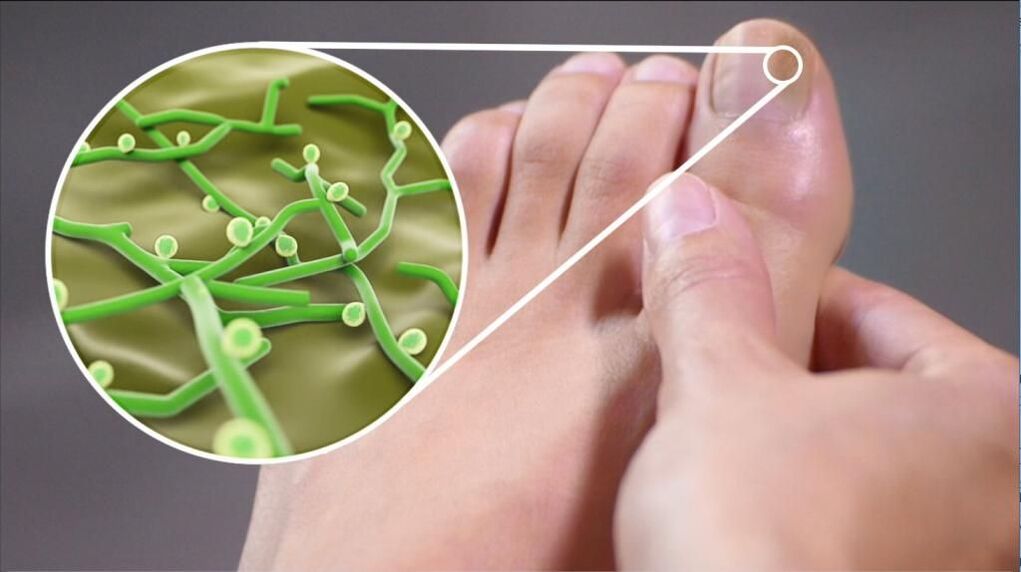
- Apply kerosene to the affected area of the nail. Wrap fingers in plastic wrap and leave on for 15 minutes on hands and 30 minutes on feet.
- It is recommended to apply a rust neutralizer available at auto supply stores to steel panels that are severely infected by advanced fungi. I recommend that you follow safety rules: wear gloves when opening windows and avoid product contact with skin and mucous membranes.
Caring for hands and feet during treatment

- When you get up in the morning and after your evening walk, you need to wash your hands and feet thoroughly with tar soap. This product has a disinfecting effect and fungi will not reproduce.
- Sweat creates favorable conditions for fungus to grow, so shoes should be made of breathable, natural materials.
- When treating nail fungus with folk remedies, the fastest results are achieved if you start treating your shoes with an antiseptic every day. Socks, sheets - single use!




























